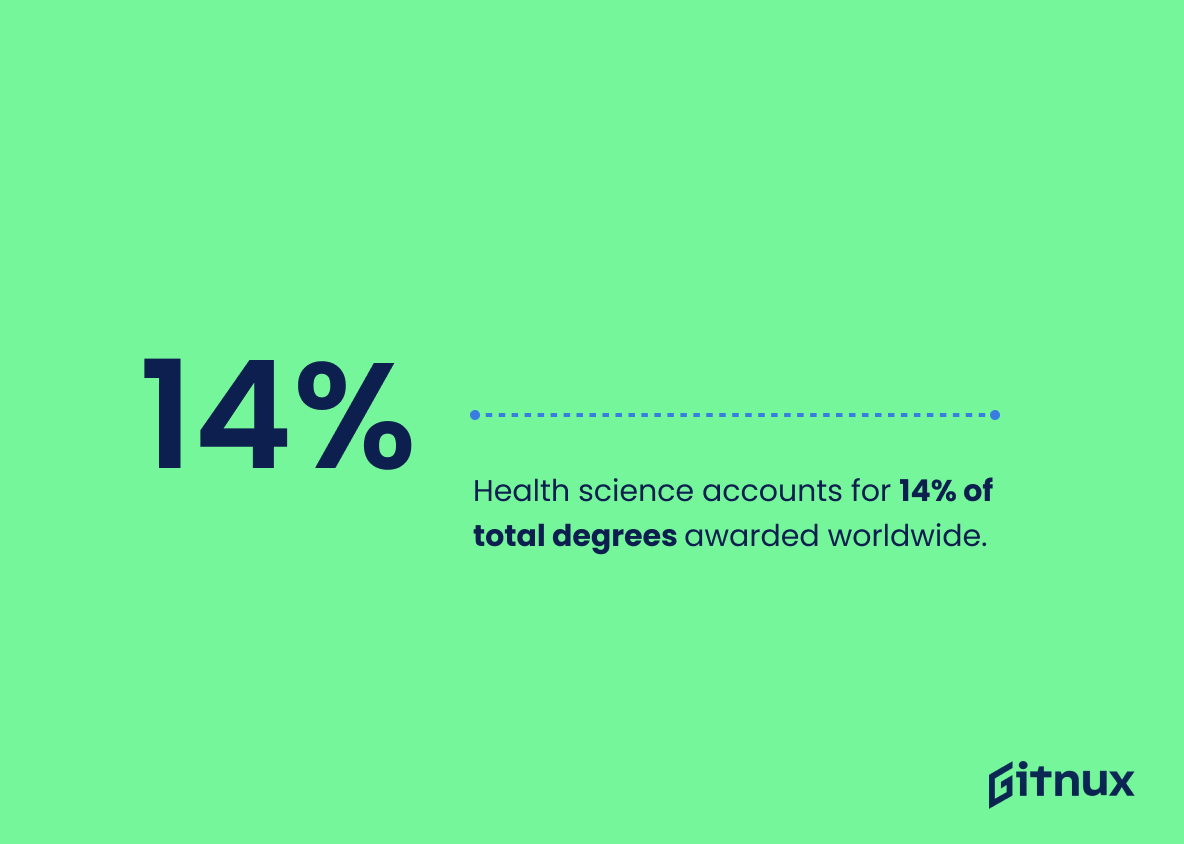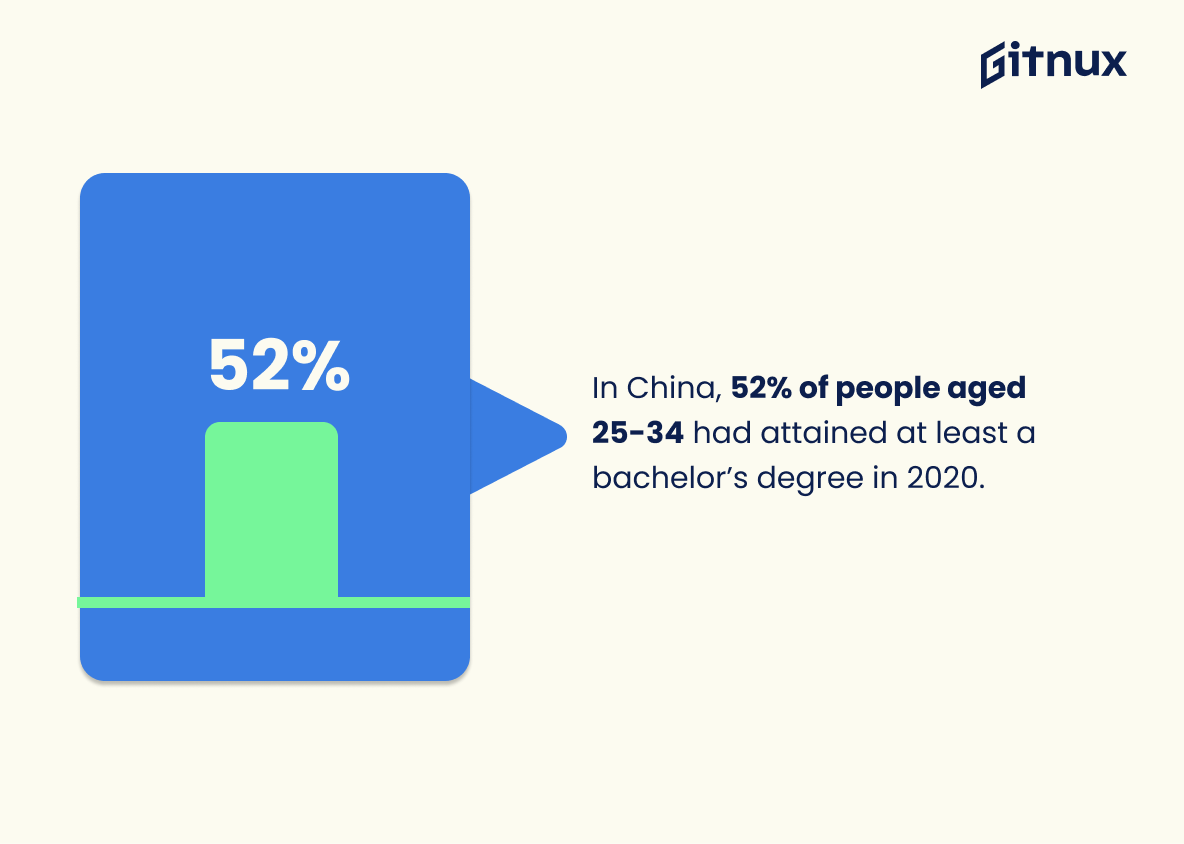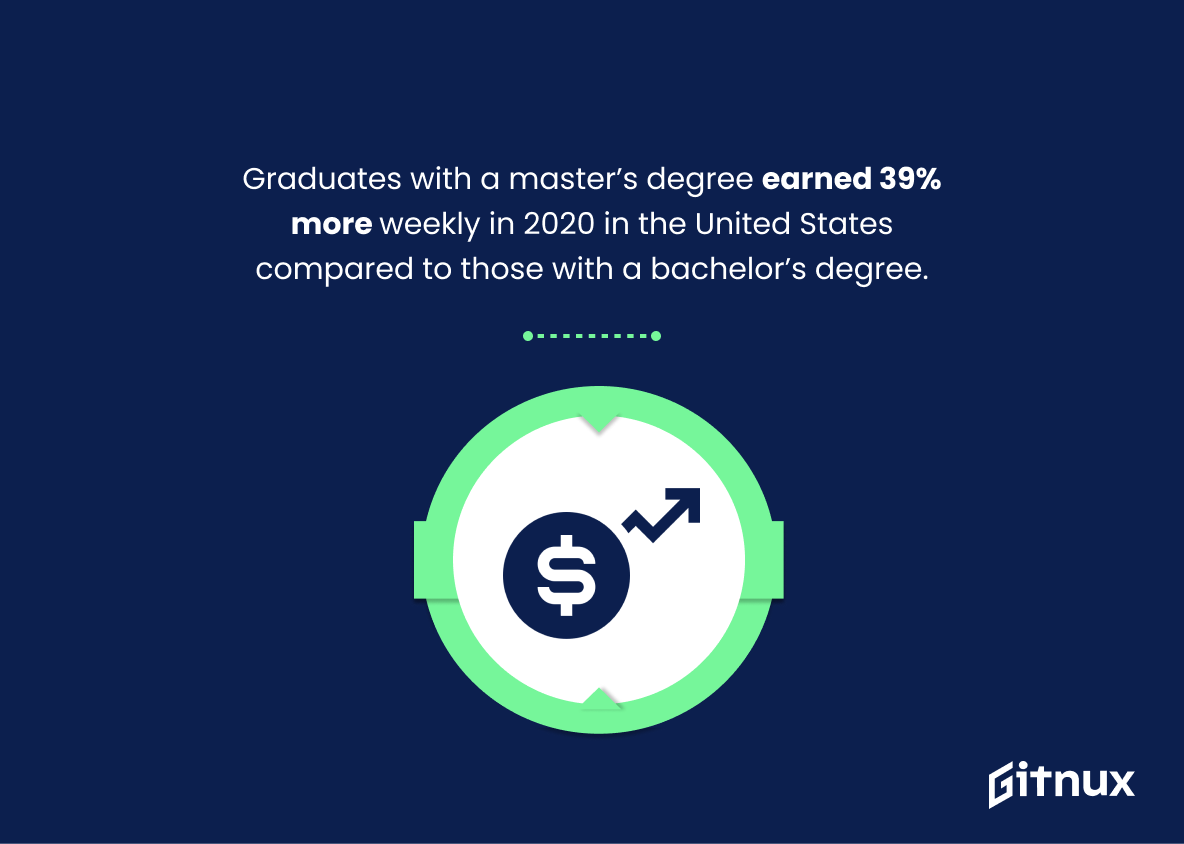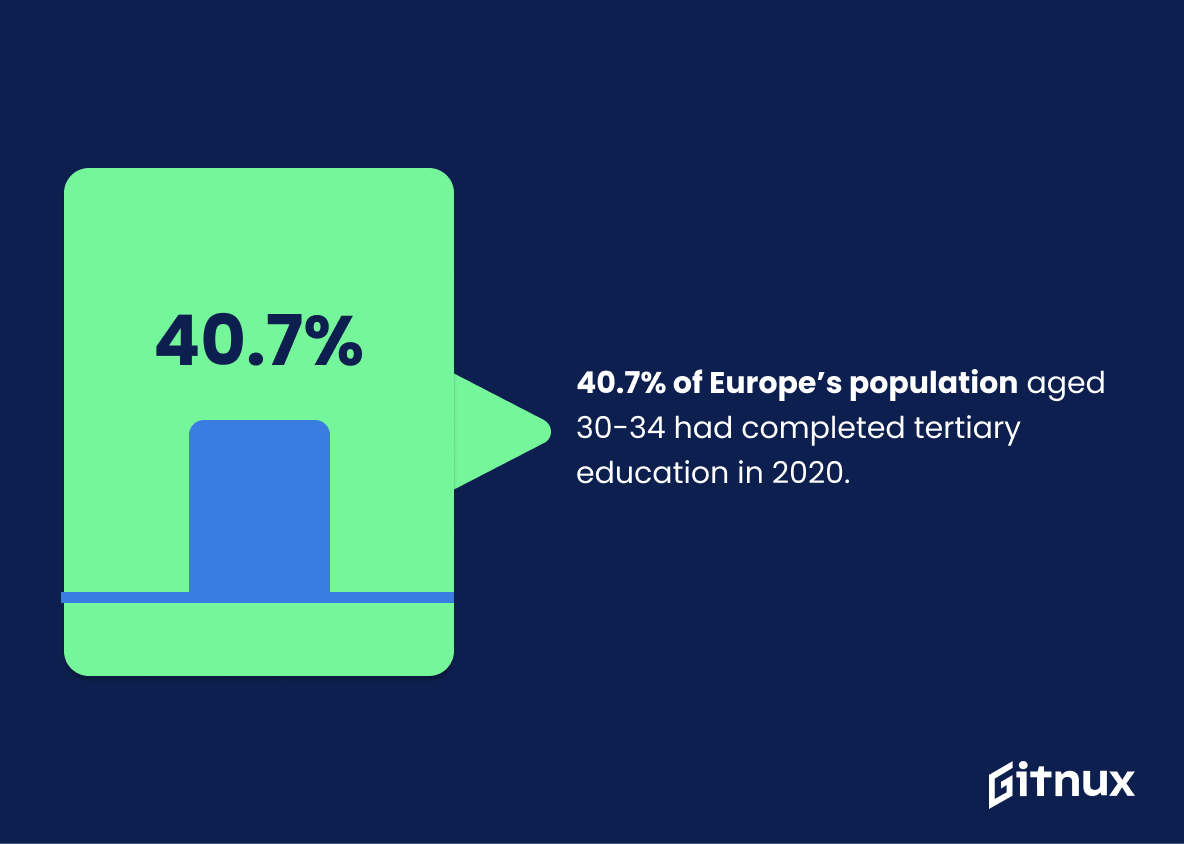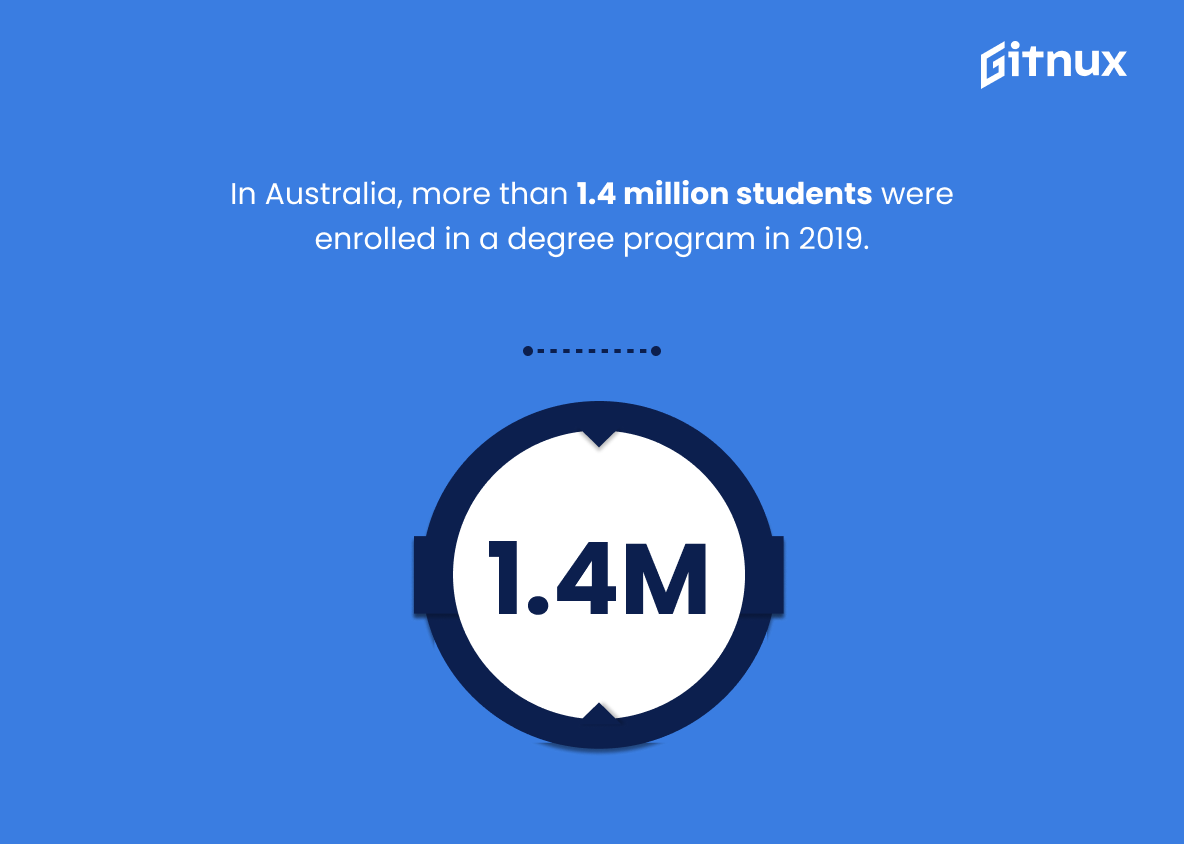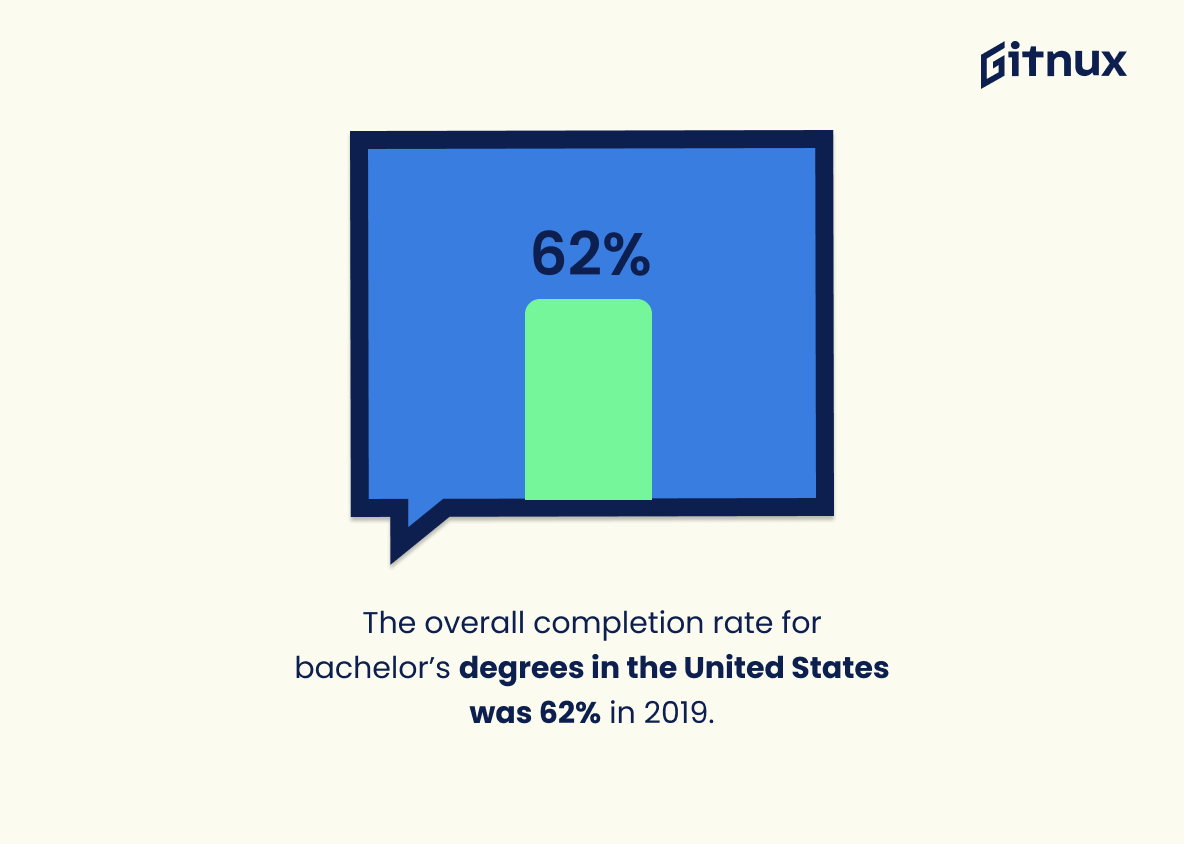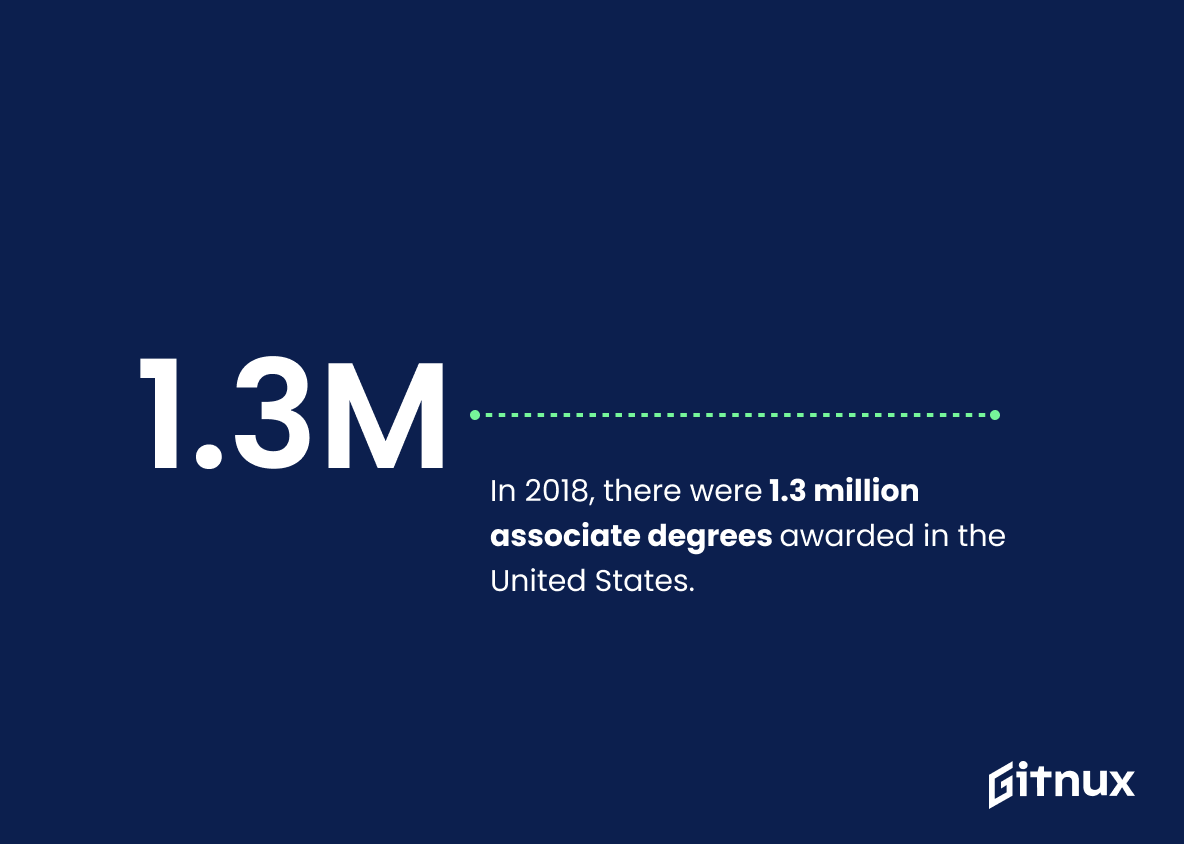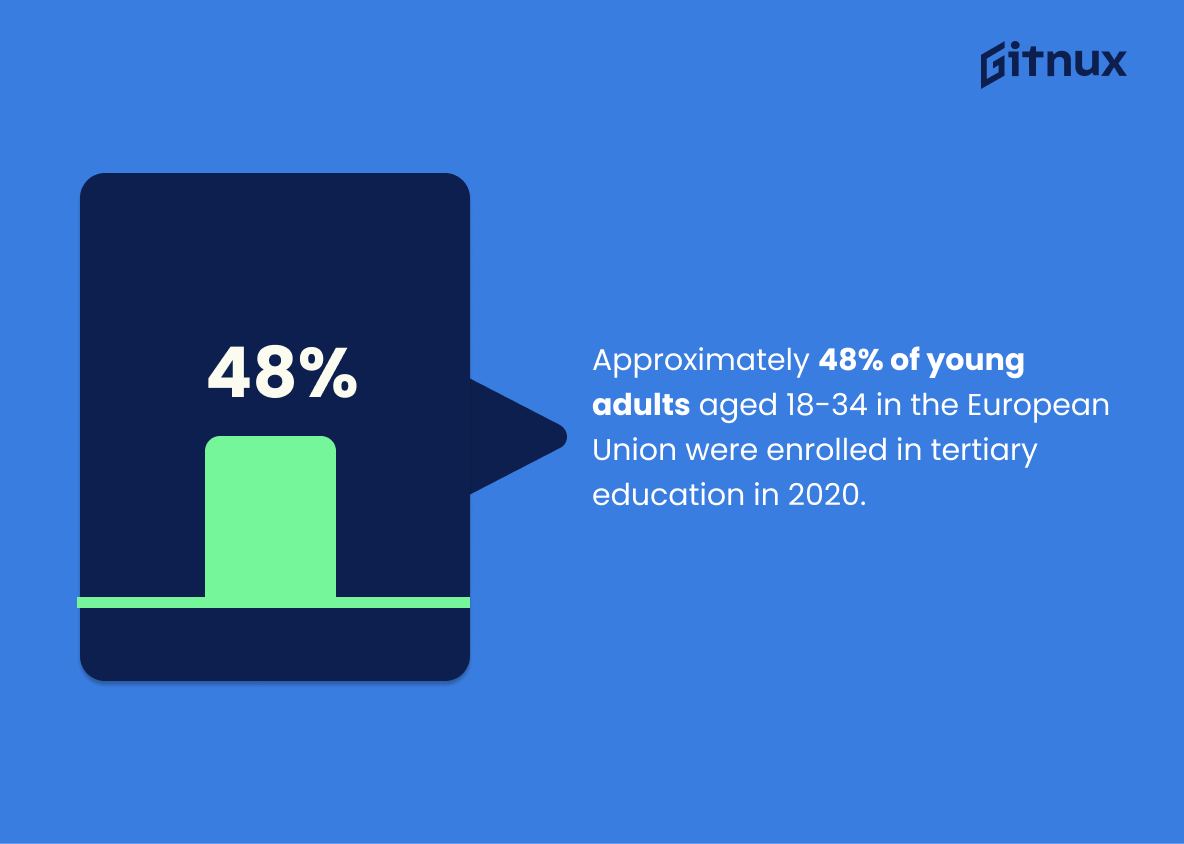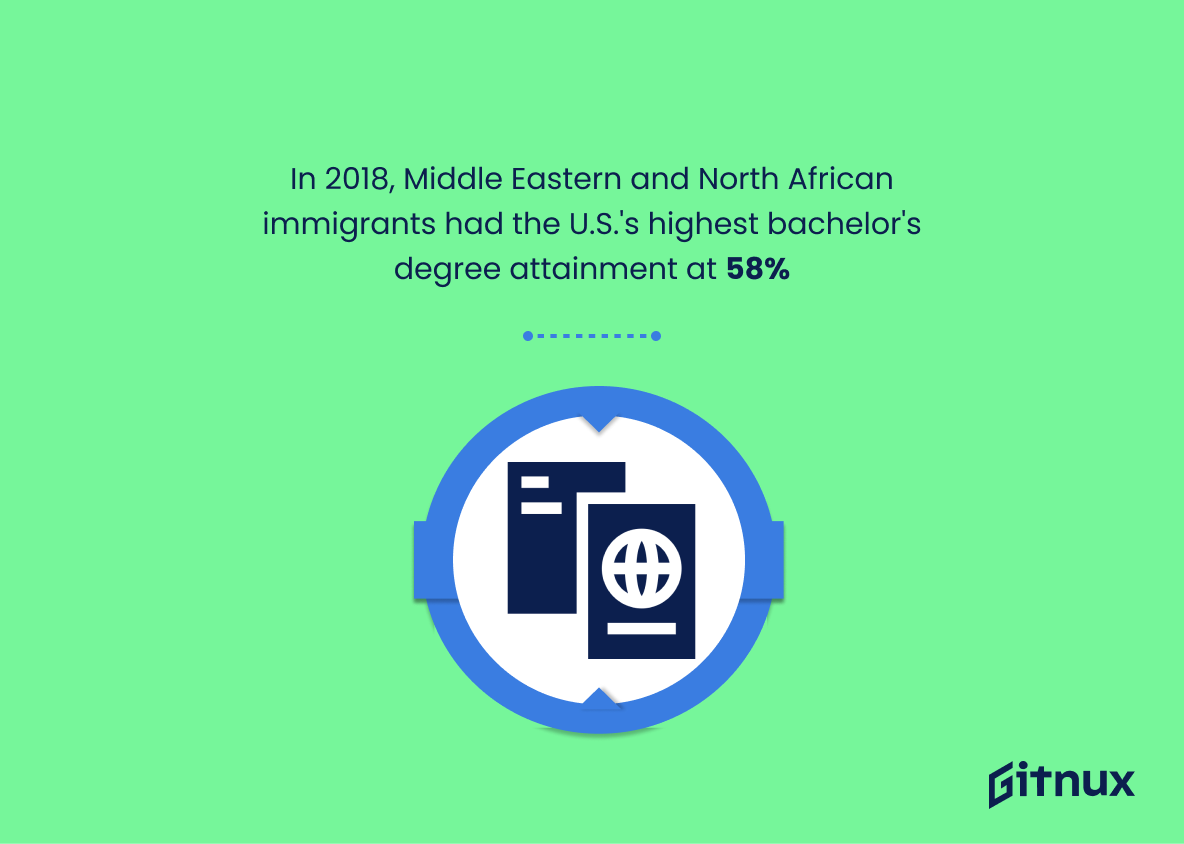The world of higher education is constantly evolving, and it’s important to stay up-to-date on the latest degree statistics. From bachelor’s degrees earned in the United States to PhDs awarded worldwide, this blog post will explore 20 different facts about educational attainment around the globe. We’ll look at data from countries like China, Australia, Canada and more as we examine how these numbers have changed over time. So let’s dive into some interesting stats about college degrees.
This statistic is a telling indication of the educational attainment of Americans aged 25 and older. It provides insight into the educational level of the population, which can be used to inform decisions about educational policy, job opportunities, and other areas of life. Furthermore, it can be used to compare the educational attainment of different age groups and demographics, allowing for a more comprehensive understanding of the educational landscape in the United States.
Engineering degrees account for 19% of all bachelor’s degrees earned in the United States.
This statistic is significant in the context of degree statistics because it highlights the importance of engineering degrees in the United States. It shows that engineering degrees are a major part of the educational landscape, and that they are an important factor in the success of students in the US. Furthermore, it demonstrates the value of engineering degrees in the job market, as employers are increasingly looking for candidates with engineering backgrounds.
Degree Statistics Overview
In 2019, females made up 58% of the enrollment in degree-granting postsecondary institutions in the US.
This statistic is a powerful indicator of the progress being made in the realm of gender equality in higher education. It demonstrates that more and more women are taking advantage of the opportunities available to them to pursue higher education, and that the gender gap in postsecondary education is slowly but surely shrinking. This is an important development that should be celebrated and discussed in any blog post about degree statistics.
82% of the degrees awarded in 2016–17 were at the bachelor’s degree level or higher in the United Kingdom.
This statistic is a telling indication of the importance of higher education in the United Kingdom. It demonstrates that the majority of students are pursuing degrees at the bachelor’s level or higher, indicating that the UK is investing in its future by providing its citizens with the opportunity to gain the skills and knowledge necessary to succeed in the modern world. This statistic is an important reminder of the value of higher education and the importance of investing in the future of the UK.
Health science accounts for 14% of total degrees awarded worldwide.
The fact that health science accounts for 14% of total degrees awarded worldwide is a testament to the importance of this field of study. It speaks to the need for more professionals in the health sciences, and the value that is placed on the knowledge and skills gained through these degrees. This statistic is a reminder that the health sciences are an integral part of our society, and that investing in this field of study is an investment in the future of our world.
In China, 52% of people aged 25-34 had attained at least a bachelor’s degree in 2020.
This statistic is a telling indication of the educational attainment of the Chinese population aged 25-34. It speaks to the level of education that is being achieved in the country, and the potential for further growth in the future. It is an important statistic to consider when discussing degree statistics, as it provides insight into the educational landscape of China and the potential for further development.
Graduates with a master’s degree earned 39% more weekly in 2020 in the United States compared to those with a bachelor’s degree.
This statistic is a powerful indicator of the value of a master’s degree in the United States. It demonstrates that those with a master’s degree are earning significantly more than those with a bachelor’s degree, and thus provides a strong incentive for those considering furthering their education. This statistic is an important piece of information for anyone researching degree statistics, as it provides a clear indication of the potential financial benefits of pursuing a master’s degree.
More than 66% of master’s degrees awarded in the United States in 2020 were in the fields of business, education, and STEM.
This statistic is a telling indication of the current state of higher education in the United States. It reveals that the majority of master’s degrees awarded in 2020 were in the fields of business, education, and STEM, suggesting that these areas are the most sought-after and valued in the job market. This statistic is important to consider when discussing degree statistics, as it provides insight into the current trends in higher education and the job market.
In 2017-18, around 2.3 million students studied for a degree in the United States as international students.
This statistic is a testament to the increasing popularity of higher education in the United States among international students. It highlights the fact that the US is a desirable destination for students from around the world, and that the quality of education offered in the US is highly sought after. This statistic is an important indicator of the success of the US higher education system and its ability to attract and retain international students.
First-time, full-time degree-seeking enrollment at US universities decreased by 0.9% between 2017 and 2018.
This statistic is a telling indication of the current state of higher education in the US. It suggests that fewer students are choosing to pursue a degree, which could be due to a variety of factors such as rising tuition costs, a lack of job opportunities, or a shift in the types of educational opportunities available. This statistic is an important piece of the puzzle when it comes to understanding the current landscape of degree-seeking students in the US, and is an important factor to consider when discussing degree statistics.
40.7% of Europe’s population aged 30-34 had completed tertiary education in 2020.
This statistic is a telling indication of the educational attainment of Europe’s population aged 30-34. It speaks to the level of investment in education and the value placed on higher learning in the region. It also provides a benchmark for comparison with other regions and countries, allowing for a better understanding of the educational landscape in Europe. As such, this statistic is an invaluable resource for anyone looking to gain insight into the degree statistics of Europe.
In Australia, more than 1.4 million students were enrolled in a degree program in 2019.
This statistic is a testament to the fact that higher education is becoming increasingly popular in Australia. It shows that more and more students are taking the initiative to pursue a degree, which is a great sign for the future of the country. It also indicates that the Australian education system is providing quality education and resources to its students, which is essential for the development of the nation.
In Canada, approximately 54% of the population aged 25-64 had a bachelor’s degree or higher in 2019.
This statistic is a telling indication of the educational attainment of Canadians. It speaks to the level of education that the majority of the population has achieved, and the opportunities that this provides for the country as a whole. It is an important statistic to consider when discussing degree statistics, as it provides insight into the educational landscape of Canada.
The overall completion rate for bachelor’s degrees in the United States was 62% in 2019.
This statistic is a telling indication of the state of higher education in the United States. It speaks to the number of students who are able to successfully complete their bachelor’s degrees, and the implications of this figure are far-reaching. It can provide insight into the quality of education being offered, the resources available to students, and the overall success rate of those pursuing higher education. This statistic is an important piece of the puzzle when it comes to understanding the current state of degree statistics in the United States.
In 2018, there were 1.3 million associate degrees awarded in the United States.
This statistic is a powerful indicator of the importance of associate degrees in the United States. It shows that a large number of individuals are taking advantage of the opportunity to gain an associate degree, which can open up a variety of career paths and educational opportunities. This statistic is especially relevant to a blog post about degree statistics, as it provides a snapshot of the current state of associate degree attainment in the United States.
Approximately 48% of young adults aged 18-34 in the European Union were enrolled in tertiary education in 2020.
This statistic is a telling indication of the importance of tertiary education in the European Union. It shows that nearly half of young adults are taking advantage of the educational opportunities available to them, which is a positive sign for the future of the region. Furthermore, this statistic can be used to compare the educational attainment of young adults in the European Union to other regions, providing valuable insight into the educational landscape of the region.
Middle Eastern and North African immigrants had the highest rate of bachelor’s degree attainment in the United States at 58% in 2018.
This statistic is a testament to the hard work and dedication of Middle Eastern and North African immigrants in the United States. It shows that despite the many challenges they face, they are still able to achieve a high level of educational attainment. This statistic is a reminder that education is a powerful tool for social and economic mobility, and that immigrants are capable of achieving great success in the United States.
The number of students enrolling in a bachelor’s degree program in the United States has increased by 24% in the last decade.
This statistic is a testament to the growing popularity of bachelor’s degree programs in the United States. It speaks to the increasing demand for higher education and the value that students are placing on obtaining a bachelor’s degree. It is an important indicator of the current state of higher education in the United States and provides valuable insight into the trends and patterns of enrollment in bachelor’s degree programs.
Between 2005 and 2015, the number of PhD degrees awarded in the United States increased by 35.9%.
This statistic is a testament to the growing importance of higher education in the United States. It shows that more and more people are recognizing the value of a PhD and are investing in their future by pursuing one. This is a positive trend that could lead to more innovation and progress in the country.
Conclusion
The data presented in this blog post paints a picture of the current state of degree attainment around the world. In the United States, 36% of adults aged 25 and older have earned at least a bachelor’s degree, with engineering degrees accounting for 19%. Females make up 58% of enrollment in US postsecondary institutions and 82% of all degrees awarded in 2016–17 were at the bachelor’s level or higher in the UK. Globally, health science accounts for 14% total degrees awarded while 46.4% percent of adults worldwide hold tertiary qualifications.
In 2020, graduates with master’s degrees earned 39 % more weekly than those with only a bachelor’s degree in America; 66 %of these advanced credentials are conferred within business-related fields such as education and STEM (Science Technology Engineering Mathematics). The number enrolling into undergraduate programs has increased by 24%, whereas PhD awards rose 35.9%. Middle Eastern/North African immigrants had highest rate (58%) among ethnic groups to attain bachelors’ qualification that year too. Australia saw 1 .4 million students enrolled on courses whilst Canada reported 54 % holding similar qualifications amongst its population aged 25 – 64 years old respectively . Finally , Europe recorded 40 .7 % having completed tertiary studies from 30 – 34 age group bracket during same period..
Overall it is clear that educational attainment levels vary significantly across countries but also between genders and different immigrant backgrounds which highlights need for further research into causes behind disparities observed here today
References
0. – https://www.census.gov
1. – https://www.iie.org
2. – https://www.bls.gov
3. – https://www.nsf.gov
4. – https://www.migrationpolicy.org
5. – https://www.cgsnet.org
6. – https://www.statista.com
7. – https://www.50.statcan.gc.ca
8. – https://www.ourworldindata.org
9. – https://www.ons.gov.uk
10. – https://www.ec.europa.eu
11. – https://www.nces.ed.gov
12. – https://www.abs.gov.au


